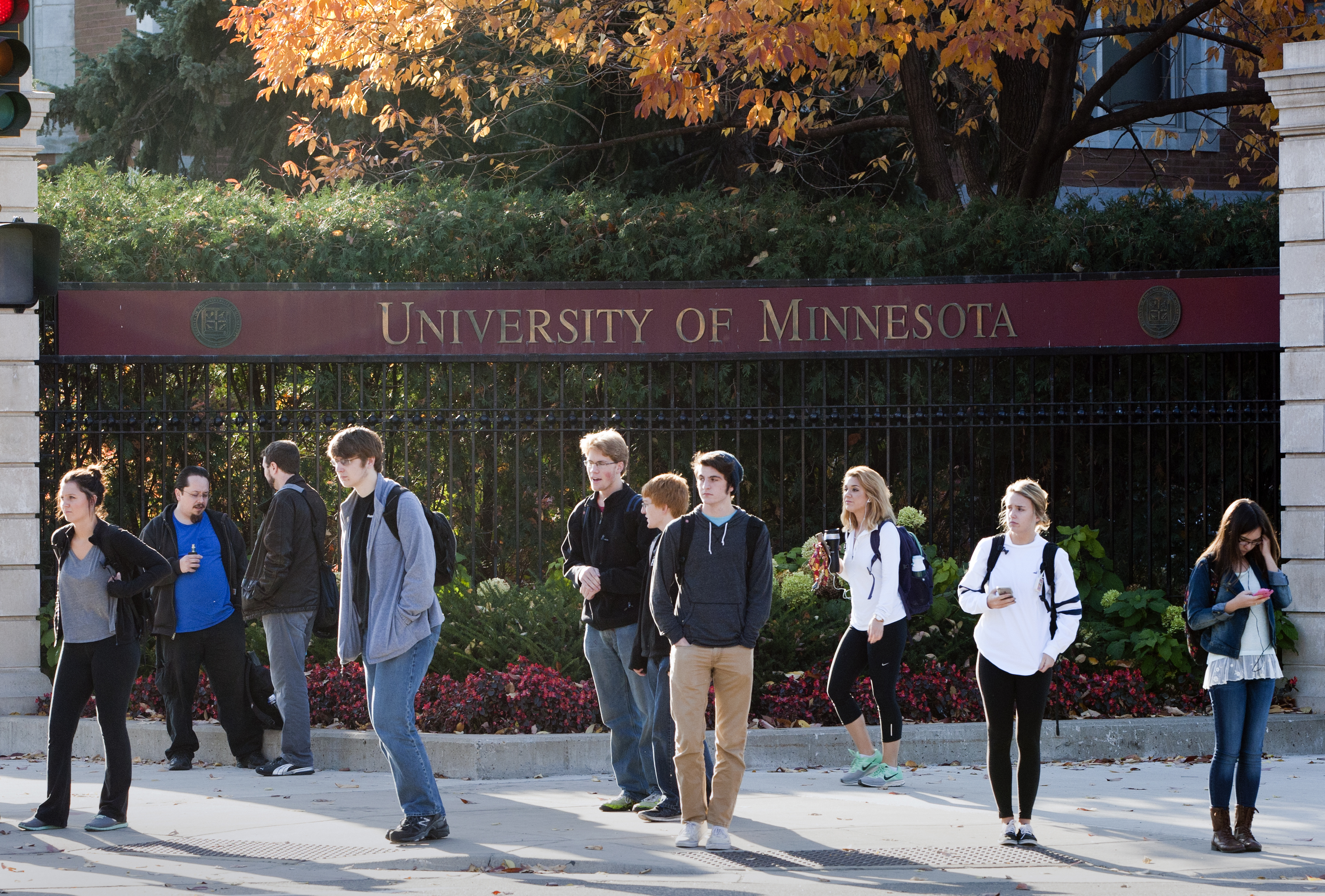Minnesota State, U of M leaders tell lawmakers big repair bills need big bonding

Are the campuses of the Minnesota State and University of Minnesota systems ready to welcome more students back when it’s safe to do so? Their leaders say yes, but the buildings in which those students participate in labs, lectures, discussions and exams? They could use some help.
In fact, $264 million for the University of Minnesota and $188.2 million of help for Minnesota State. Those were the bonding requests presented to the House Capital Investment Committee Thursday.
It led to a robust discussion of what may be required for the campuses of the future and how some lessons of distance learning may come into play post-pandemic. But, as for what’s needed in 2021, leaders of the two systems said new roofs, upgrades to heating, ventilation and air conditioning systems, and the updating of old laboratories are their chief areas of concern.
The bulk of both requests fell into the category of Higher Education Asset Preservation and Replacement. Minnesota State received $46.35 million in HEAPR funding through the bonding law passed last fall, while the total was $38.5 million for the University of Minnesota.
This year’s requests are significantly larger.
Minnesota State officials said that, in assessing the physical condition of buildings on its 54 campuses around the state, it has $1.2 billion in improvements needed on top of a backlog of $1.1 billion of deferred maintenance. For HEAPR funds, Minnesota State is requesting $103.7 million.
Meanwhile, the University of Minnesota is requesting almost double that amount, asking for $200 million in HEAPR funds.
“We’re focusing on keeping facilities warm, safe, dry and current,” said Brian Yolitz, Minnesota State associate vice chancellor for facilities. “Many buildings have gone untouched since their original construction.”
The biggest ticket items in the Minnesota State system are covered not under HEAPR, but as part of a separate $84.6 million capital request for 12 projects. They include:
- $17.3 million for Minnesota State Moorhead’s Weld Hall renovation and addition;
- $17.2 million for Metropolitan State University’s Management Education Center Metro Baccalaureate Initiative in Minneapolis; and
- $14.7 million for Inver Hills Community College’s Technology and Business Center.
Among HEAPR requests, the most expensive fixes for Minnesota State include replacing:
- HVAC system on Minnesota State Moorhead’s Bridges and Owens halls ($7.3 million);
- roof on Minneapolis Community and Technical College’s Technology Building ($6.6 million); and
- HVAC systems in Alexandria Technical and Community College’s main campus buildings ($5.1 million).
As for the University of Minnesota, President Joan Gabel spoke of significant need.
“We have nearly 30 million square feet of facilities across the state,” she said. “And 8.7 million square feet is in poor condition.”
Gabel added the maintenance backlog has increased to $4.9 billion in needed improvements over the past 10 years. “We should make an annual investment of $200 million a year to keep up. … These aren’t glamorous, but they are essential.”
Of the $38.5 million in HEAPR funds for the University of Minnesota in the 2020 bonding bill, $29.2 million went to a new Child Development Center on the Twin Cities campus. This year’s largest capital request is for a non-HEAPR project that’s also on the Twin Cities campus: $62.4 million for chemistry undergraduate teaching laboratories.
The university’s largest HEAPR requests are all for the Twin Cities campus:
- $20 million for capital renewal of the Food Science & Nutrition Building;
- $10 million for district chilled water for the Main Energy Plant; and
- $9 million to restore the pedestrian enclosure and railings on the Washington Avenue Pedestrian Bridge.
Rep. Donald Raleigh (R-Circle Pines) asked Minnesota State Chancellor Devinder Malhotra what changes a rise in virtual learning may bring in the next 10 to 20 years.
“The digital technologies will have to be integrated with our conventional modes.” Malhotra said. “It will not only change the need for the spaces but the design of those spaces. … Our buildings will become smarter and the footprint smaller.”
Related Articles
Search Session Daily
Advanced Search OptionsPriority Dailies
Ways and Means Committee OKs proposed $512 million supplemental budget on party-line vote
By Mike Cook Meeting more needs or fiscal irresponsibility is one way to sum up the differences among the two parties on a supplemental spending package a year after a $72 billion state budg...
Meeting more needs or fiscal irresponsibility is one way to sum up the differences among the two parties on a supplemental spending package a year after a $72 billion state budg...
Minnesota’s projected budget surplus balloons to $3.7 billion, but fiscal pressure still looms
By Rob Hubbard Just as Minnesota has experienced a warmer winter than usual, so has the state’s budget outlook warmed over the past few months.
On Thursday, Minnesota Management and Budget...
Just as Minnesota has experienced a warmer winter than usual, so has the state’s budget outlook warmed over the past few months.
On Thursday, Minnesota Management and Budget...